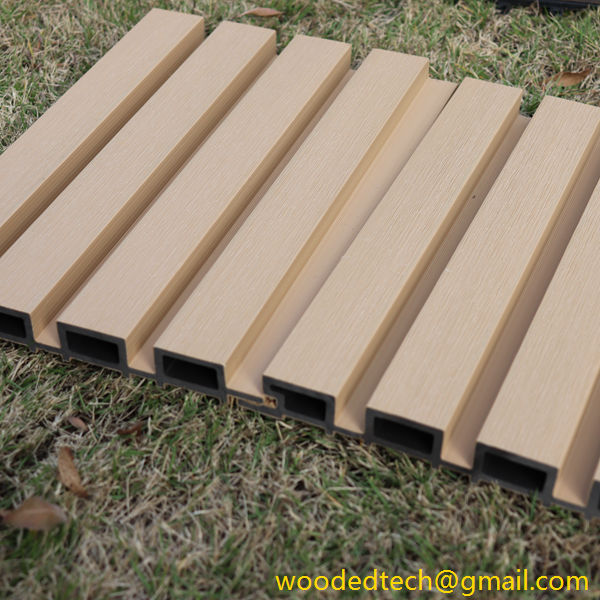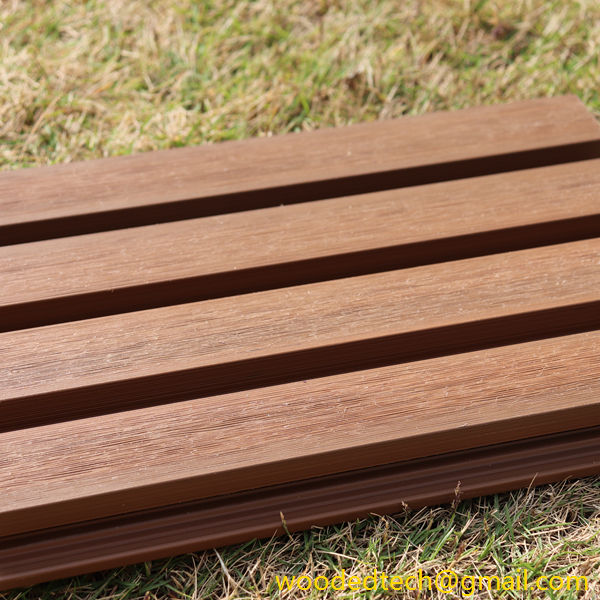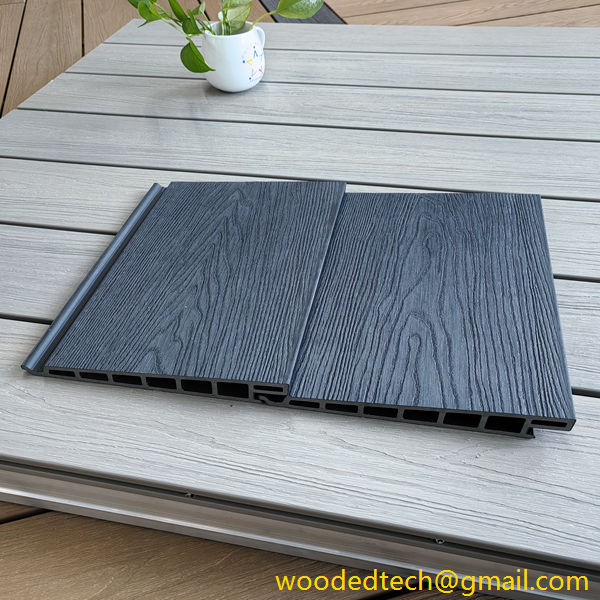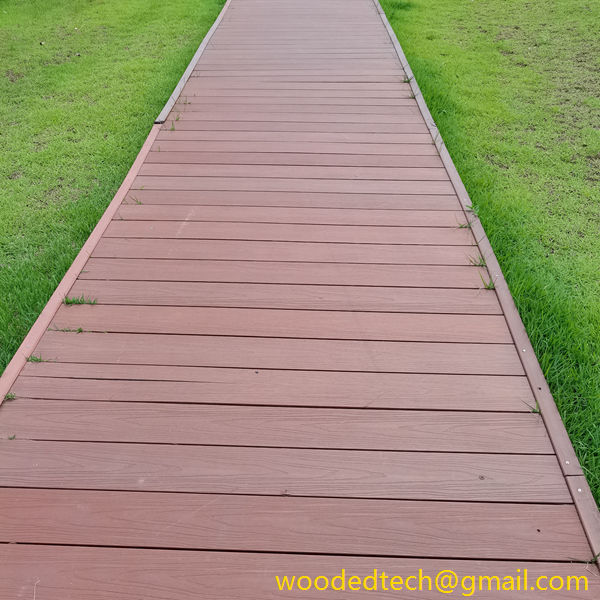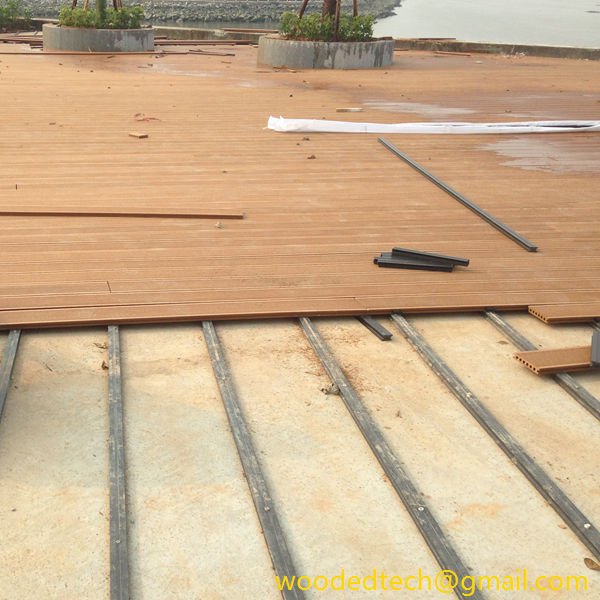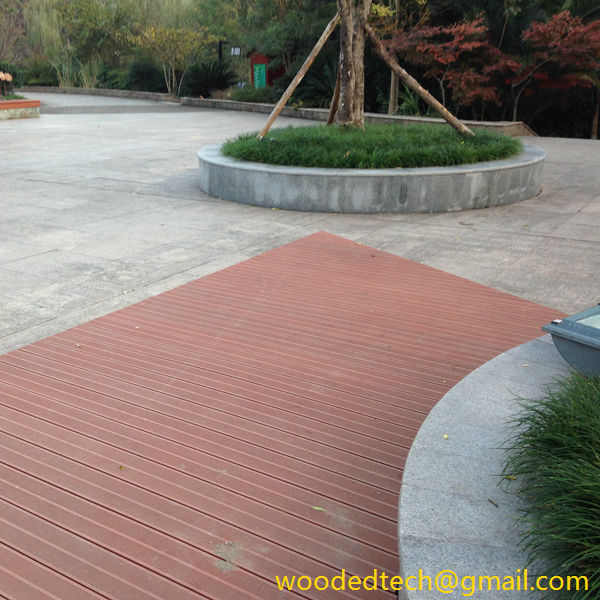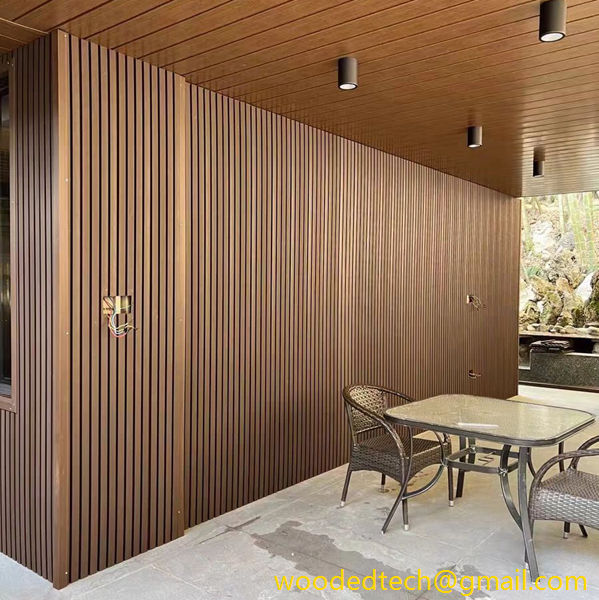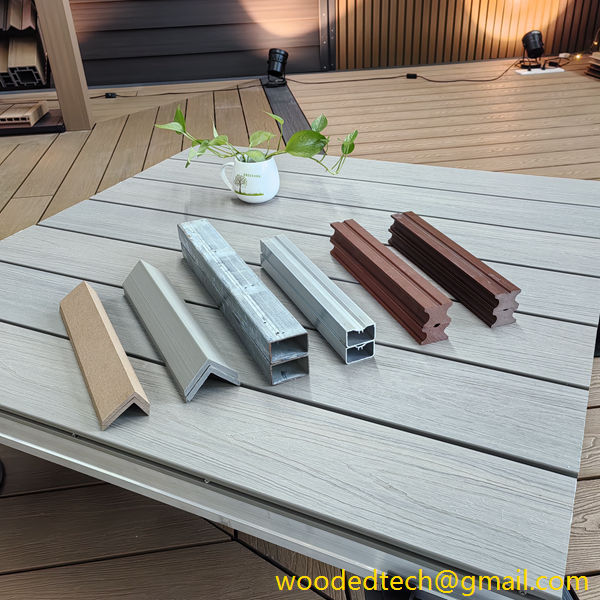Compreender os painéis exteriores isolados para um melhor isolamento
Compreender os painéis exteriores isolados para um melhor isolamento No domínio da construção e da conceção de edifícios, a procura de eficiência energética e de um isolamento térmico eficaz conduziu à crescente popularidade dos painéis exteriores isolados. Estes materiais inovadores não só oferecem um isolamento superior, como também melhoram a atração estética e a durabilidade das estruturas. Este artigo tem como objetivo...
Compreender os painéis exteriores isolados para um melhor isolamento
In the realm of construction and building design, the quest for energy efficiency and effective thermal insulation has led to the increasing popularity of insulated exterior panels. These innovative materials not only offer superior insulation but also enhance the aesthetic appeal and durability of structures. This article aims to provide a comprehensive understanding of insulated exterior panels, their benefits, applications, and the factors that contribute to their excellent material performance.
Insulated exterior panels, often referred to as insulated panels or structural insulated panels (SIPs), are composite building materials that combine insulation and structural elements in a single unit. Typically, these panels consist of an insulating core sandwiched between two structural facings. The core material is often made of polystyrene, polyurethane, or polyisocyanurate, while the facings are usually made of metal, fiberglass, or other durable materials. This combination results in a lightweight yet robust building component that is ideal for a variety of applications.
One of the primary advantages of insulated exterior panels is their exceptional thermal performance. The insulating core effectively reduces heat transfer between the interior and exterior of a building, which is crucial for maintaining a comfortable indoor environment. This thermal resistance, quantified as R-value, is significantly higher than that of traditional building materials such as brick or concrete. As a result, structures built with insulated panels can achieve better energy efficiency, leading to reduced heating and cooling costs. Furthermore, lower energy consumption contributes to a smaller carbon footprint, making insulated exterior panels an environmentally friendly choice.
In addition to thermal insulation, insulated exterior panels offer superior sound insulation properties. The dense core material helps to attenuate sound transmission, making these panels an excellent choice for buildings situated in noisy environments, such as urban areas or near highways. This acoustic benefit enhances the overall comfort of indoor spaces, fostering a more pleasant living or working environment.
The installation process of insulated exterior panels is another factor that contributes to their popularity. These panels are designed for quick and easy assembly, often requiring fewer labor hours compared to traditional construction methods. This efficiency can significantly reduce construction timelines and labor costs. The panels can be installed in a variety of configurations, including wall systems, roof systems, and even as part of modular buildings. Their versatility makes them suitable for a wide range of applications, from residential homes to commercial buildings and industrial facilities.
Durability is another key aspect of insulated exterior panels. The materials used in their construction are designed to withstand various environmental conditions, including moisture, UV radiation, and extreme temperatures. Many insulated panels are treated to resist mold, mildew, and pests, further enhancing their longevity. This durability not only ensures that the panels maintain their aesthetic appeal over time but also minimizes the need for repairs and replacements, ultimately leading to lower life-cycle costs.
Aesthetically, insulated exterior panels offer a broad range of design possibilities. With various colors, textures, and finishes available, builders and architects can achieve the desired look for their projects without compromising on performance. The panels can be customized to suit various architectural styles, making them a popular choice for both modern and traditional designs. This flexibility allows for creative expression while maintaining the functional benefits of the panels.
When considering the use of insulated exterior panels, it is essential to evaluate the specific requirements of a project. Factors such as climate, building codes, and intended use will influence the choice of materials and panel configurations. Consulting with experienced architects and engineers can help ensure that the selected insulated panels meet the project’s performance expectations and regulatory standards.
In conclusion, insulated exterior panels represent a significant advancement in building materials, offering excellent thermal performance, sound insulation, durability, and aesthetic versatility. Their ease of installation and energy efficiency make them an attractive choice for a wide range of construction projects. As the demand for sustainable building practices continues to grow, insulated exterior panels are poised to play an increasingly important role in shaping the future of construction. Adopting these innovative materials can lead to not only enhanced building performance but also reduced environmental impact, ultimately contributing to a more sustainable built environment. Understanding the benefits and applications of insulated exterior panels enables builders, architects, and homeowners to make informed decisions that align with their goals for energy efficiency, comfort, and design.

